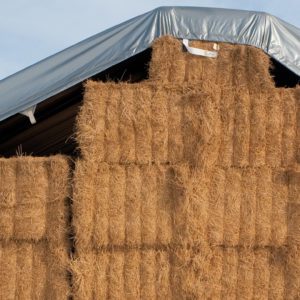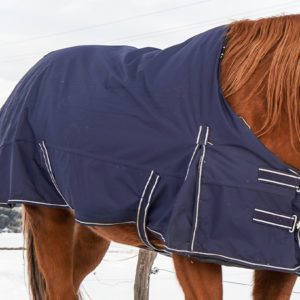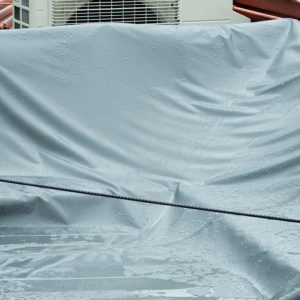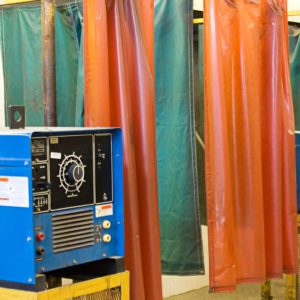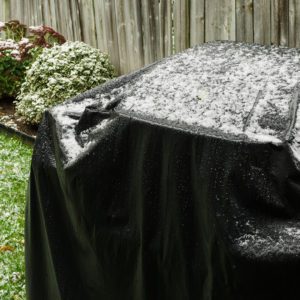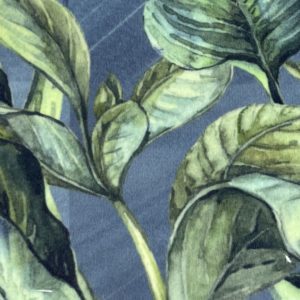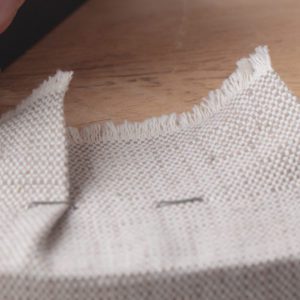Overview
There are many factors that influence cotton quality. The quality of cotton is shaped by weather, soil conditions, pest and disease control, and cotton harvesting methods. These factors affect cotton strength, consistency, and overall quality of the fibers, which can impact yarn production, shrinkage, dyeing, fabric durability and pricing.
Have you ever wondered why some cotton feels softer than others, or why the same fabric can differ in quality from one batch to another? Unlike synthetic fibers, produced in a controlled environment, cotton is a natural fiber significantly influenced by environmental conditions.
What is Weather’s Affect on Cotton Quality?
One factor that influences cotton quality is weather. The ideal conditions for growing cotton are warm temperatures with moderate amounts of rainfall. What will happen to cotton if there is excessive rain? Too much rain can lead to poor cotton fiber development and fungal diseases. What about a drought? Too little rain can mean weaker, shorter cotton fibers. This will affect dying, color consistency, shrinkage, and pricing. Weather impacts the cotton fiber’s absorbency and strength. Poor weather conditions can lead to cotton fibers that are less uniform, affecting how evenly the cotton fabric absorbs dye and how it reacts to washing and drying.
How can Soil Affect Cotton Quality?
Soil quality directly impacts cotton growth. Rich, nutrient-filled soil produces strong, healthy cotton fibers, while poor soil can lead to weaker, less durable cotton fibers. The soil’s pH level also matters; cotton prefers slightly acidic to neutral soil. This affects the cotton fibers strength and elongation, crucial factors for cotton yarn spinning and cotton fabric durability. Good soil health means strong, healthy cotton fibers, which are crucial for spinning high-quality cotton yarn. Poor soil can result in weaker cotton fibers, affecting the cotton yarn’s strength and durability. Inconsistent cotton fiber quality can affect the uniformity and appearance of dyed cotton fabrics.
How Do Insects & Disease Affect Cotton Quality?
Cotton crops are susceptible to various pests and diseases. Pests like boll weevils can damage the cotton bolls, affecting the cotton fiber’s integrity, while diseases can diminish yield and quality. The presence of pests and diseases requires careful management, often involving pesticides, which can affect the cotton’s natural properties and potentially influence the dyeing process and cotton fabric quality.
How Do Various Harvesting Methods Affect Cotton Quality?
How the cotton is harvested can also have a significant impact on cotton quality. Most of the world has transitioned to mechanical harvesting, which is much faster but can damage cotton fibers and introduce impurities. This can affect the smoothness and strength of the cotton yarn, the cotton fabric’s texture, and its ability to evenly absorb dyes. In certain parts of the world, however, hand picking is still the norm. Picking cotton by hand is gentle, preserves the cotton fiber’s integrity, and reduces the risk of damage to the cotton fibers. Premium cotton varieties like Egyptian cotton, known for their long fibers and exceptional softness, are often handpicked to maintain their high quality. Hand-picking cotton is still prevalent in countries like China, India, Pakistan, Uzbekistan, and Egypt
